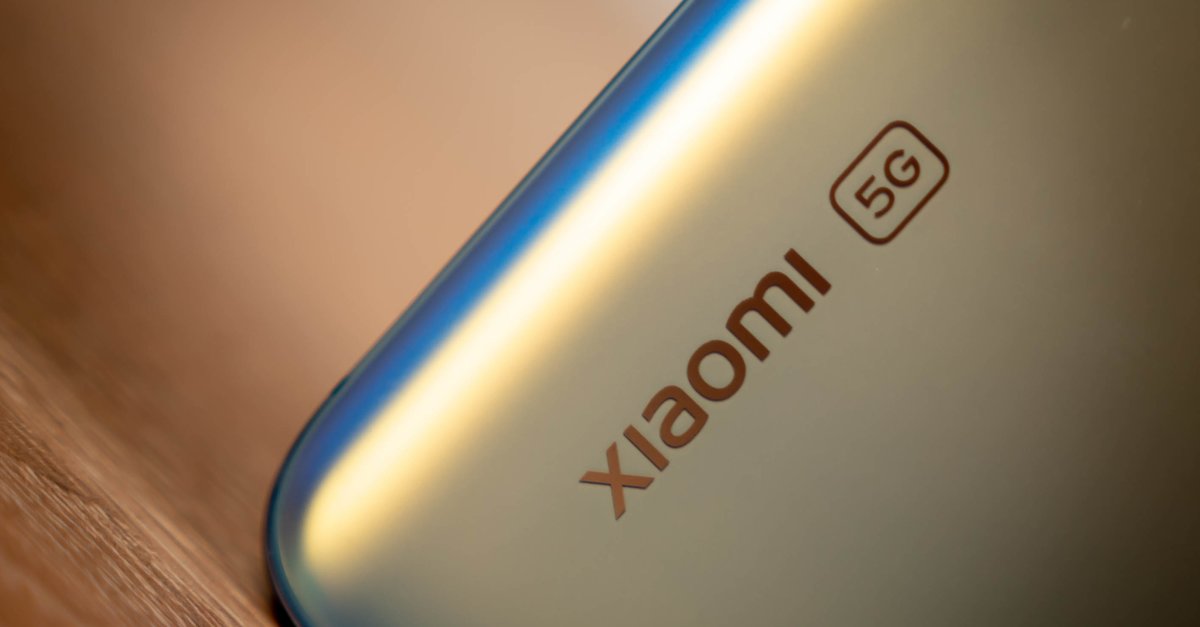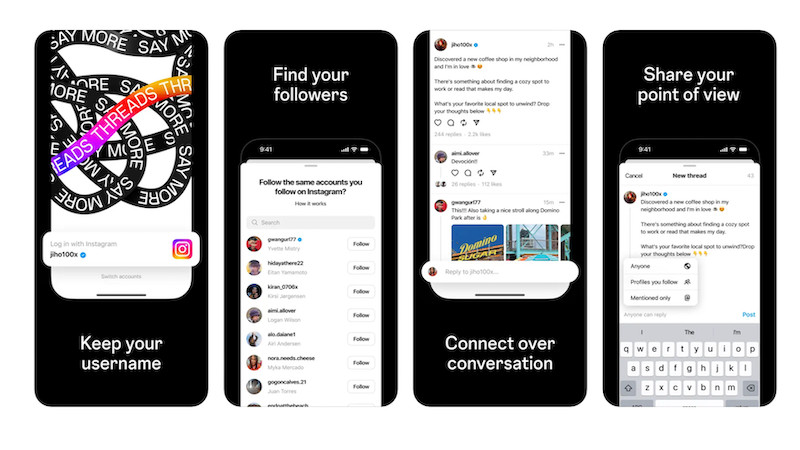Has the time come to switch?
Anyone who buys a new smartphone will find a wide range of 5G-enabled devices, whether iPhones or Android smartphones. Telekom, Vodafone and o2 also have contracts for 5G ready for a long time. Nevertheless, there are still a few arguments in favor of carefully considering the switch.
The dream of the 5G network: waiting can still be worthwhile
With high available data rates, the 5G mobile communications standard is the dream of many users, whether for private streaming on the go or for commercial applications such as the Internet of Things (IoT). In the face of such temptations, some mobile phone customers do not want to wait any longer – and neither do they have to, as smartphones and contracts have long been available. But that’s exactly where the problem lies: it’s actually still about availability not really good ordered.
This is shown by a study carried out by the Ericsson group, manufacturer of communications technology. in the Ericsson Mobility Report (EMR), among other things, the status quo of mobile communications in Western Europe is scrutinized. This shows: 4G is still the standard in Western European countries and therefore in Germany. 76 percent of the contracts in 2020 used the LTE network. In contrast, it brought it 5G contracts to just 1 percent. Compared to other regions – Northeast Asia: 9 percent and North America: 4 percent – Western Europeans are lagging behind.
With 5G, it depends on where you spend a lot of time
The fact that as a customer one could expect more frustration than pleasure in the new 5G contract becomes concrete on Status of network coverage in Germany. This is where the old game comes into play: Those who live in the big city and rarely have to leave there already have a chance at 5G, all others practically do not. The best coverage achieved according to that User tests of the nperf app the telecom. It can be seen that in addition to some large cities, important motorways are already covered. With Vodafone or o2 it looks even thinner. But everywhere applies: Outside the cities, 5G is still a future space, while the successor 6G is already being worked towards.
According to the EMR, this is mainly due to the Delay in the additional frequency auctions in the past year. That would have a negative effect on the expansion of network coverage. For 2026, however, Ericsson expects the current trend to reverse: 69 percent of mobile phone contracts in Western Europe will then run in the 5G network. Coverage and interest will then only be greater in North America and around the Arabian Gulf.
You don’t have a 5G smartphone and don’t want to pay the prices of the top models? You can find an alternative in the Video:
Until the expansion of the 5G network has progressed further, it may be advisable to to refrain from switching to new tariffs. They usually already include 5G connectivity, provided the network is available and your own smartphone is able to receive 5G. However, there customers can also face higher costs.
If you live in a (large) city that is already well supplied with 5G – Berlin and several cities in North Rhine-Westphalia, for example – and can get a good offer, you don’t necessarily have to wait for the expansion. Because one thing is certain: 5G is coming, albeit slowly.



